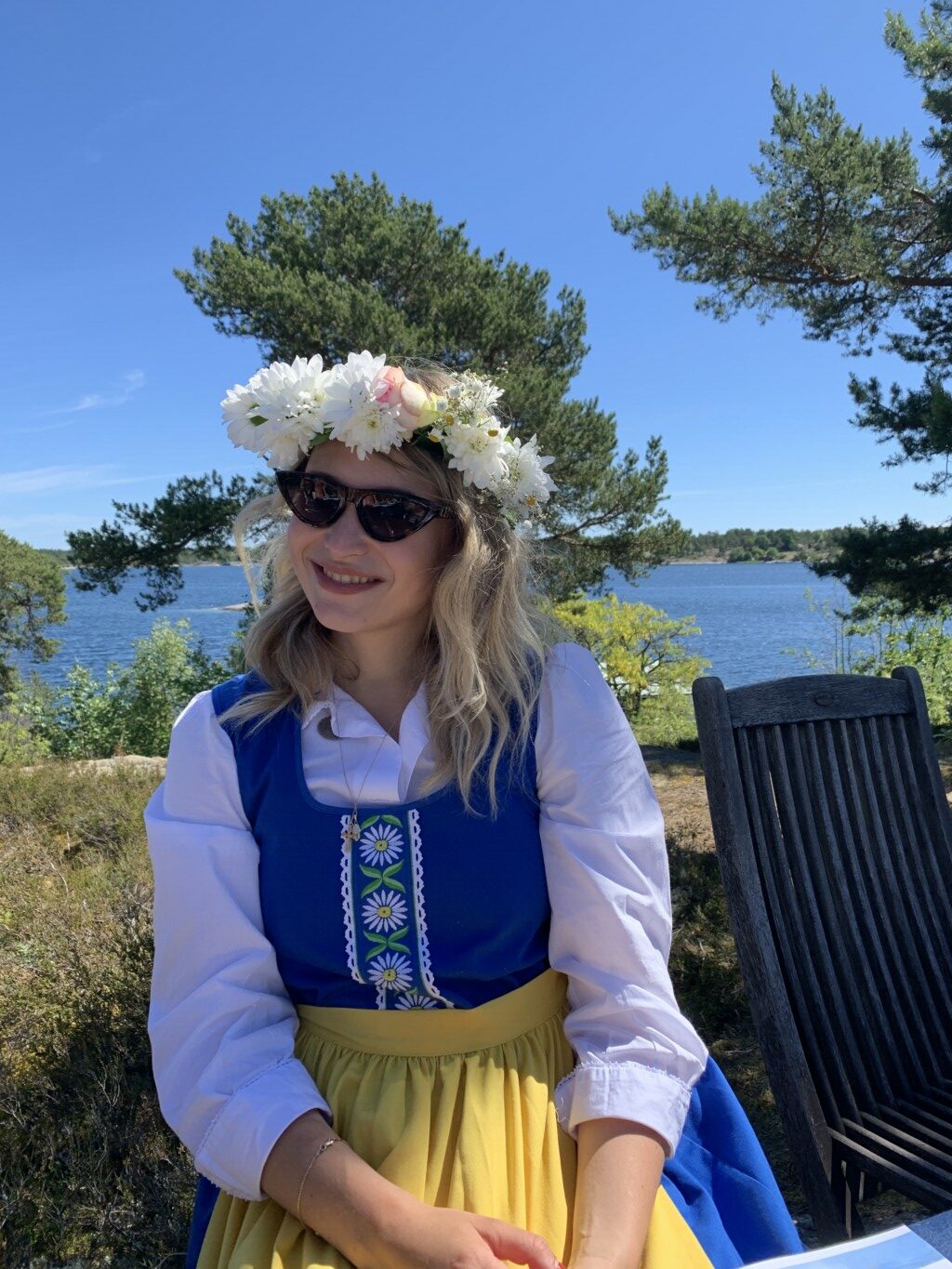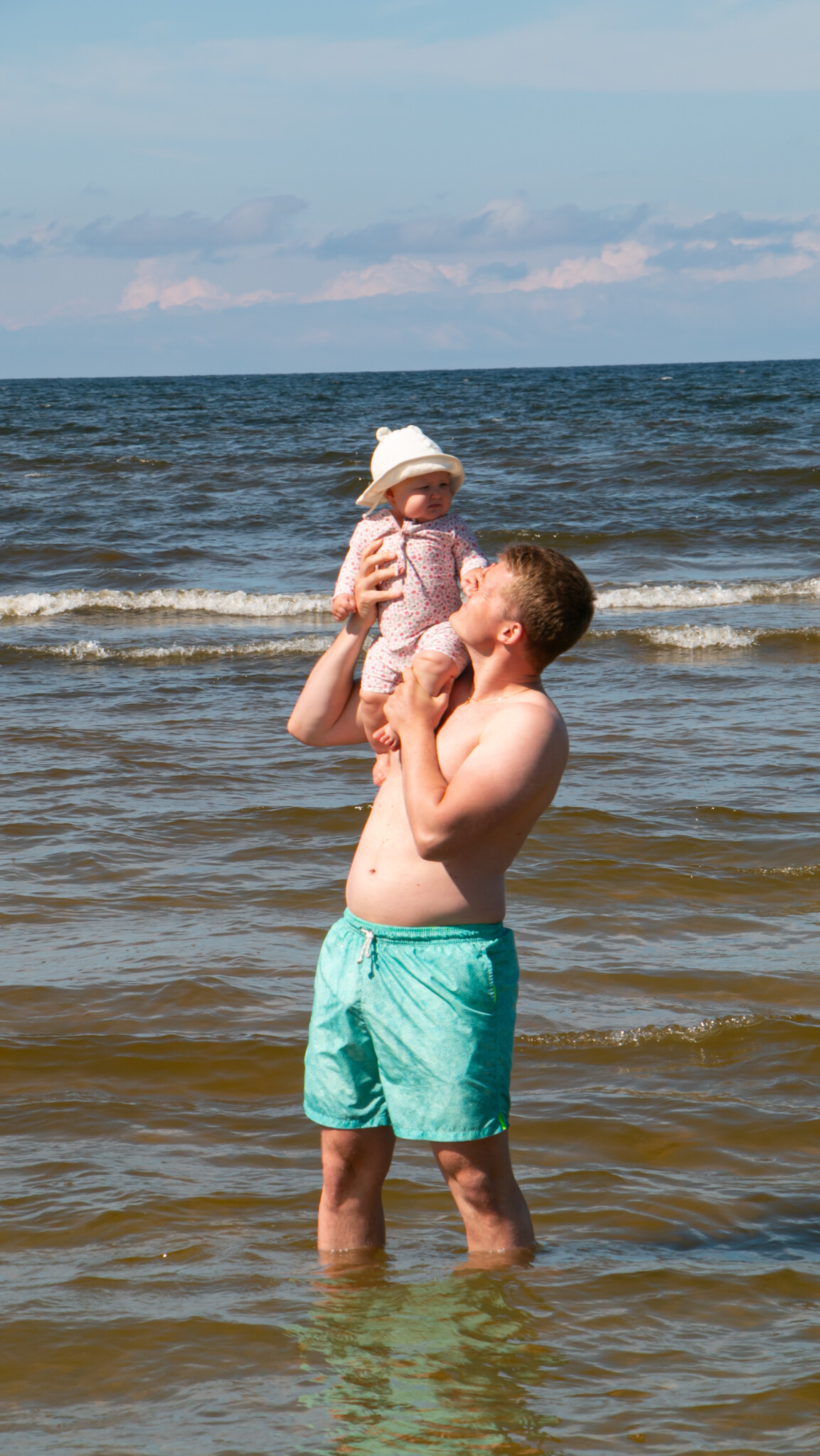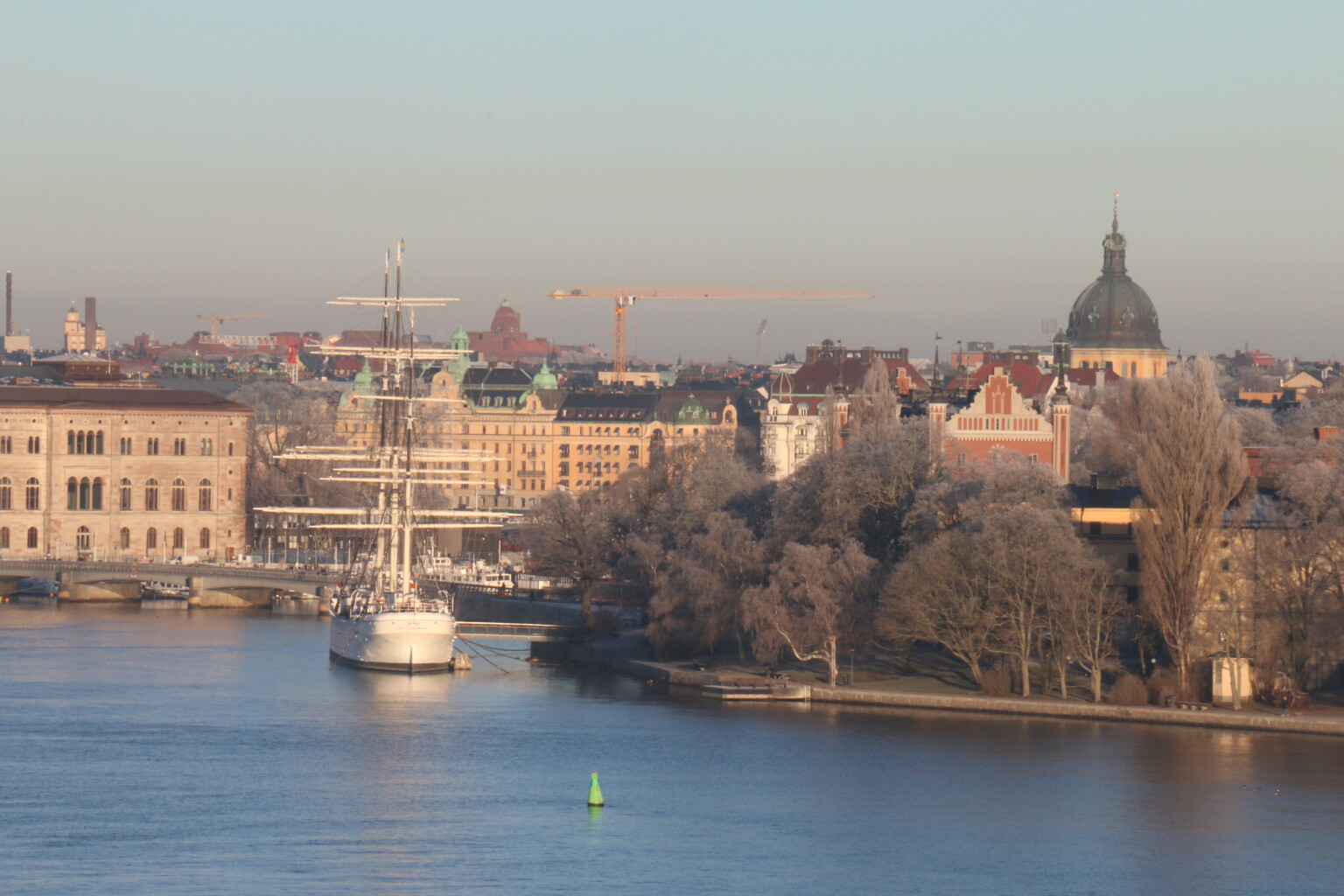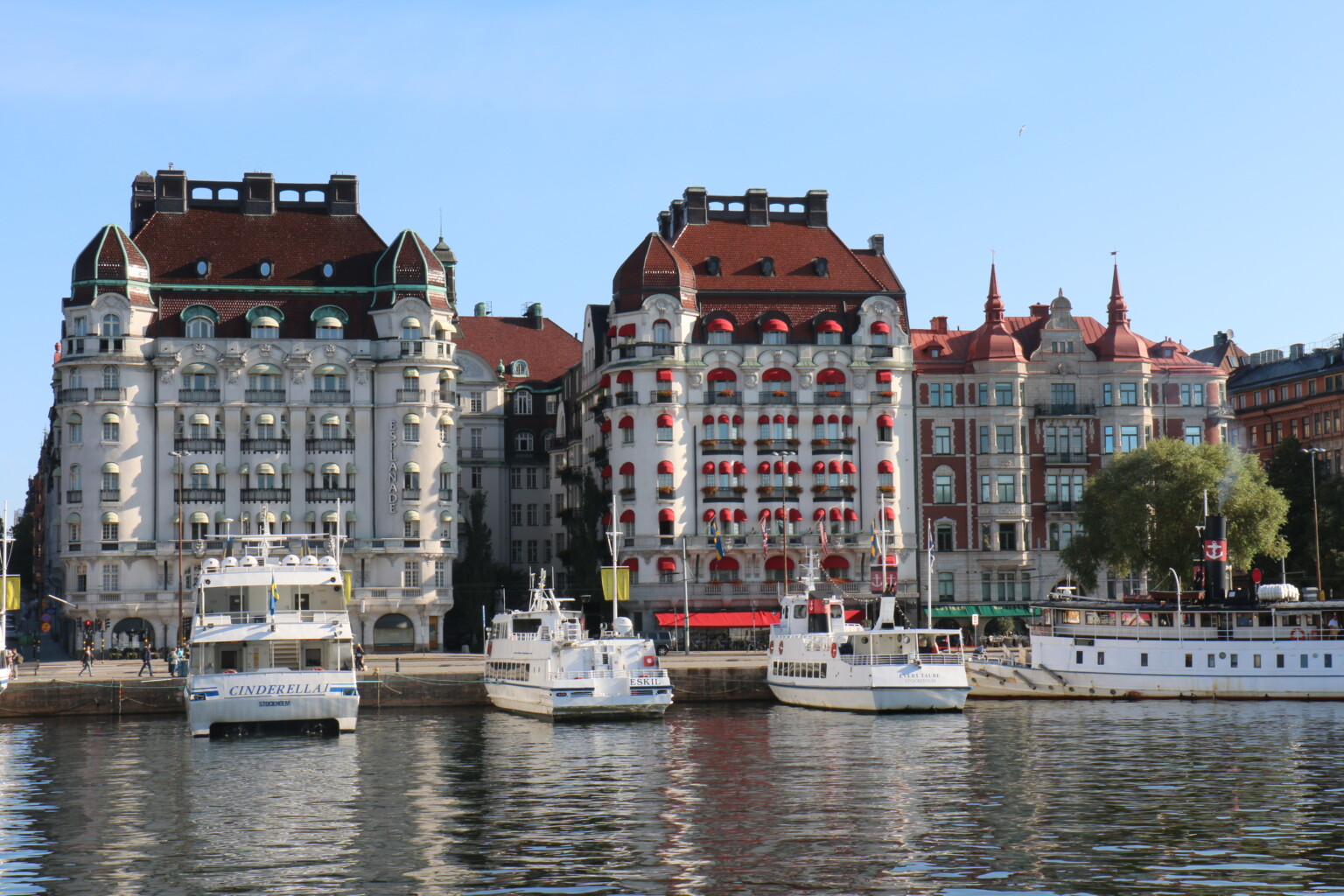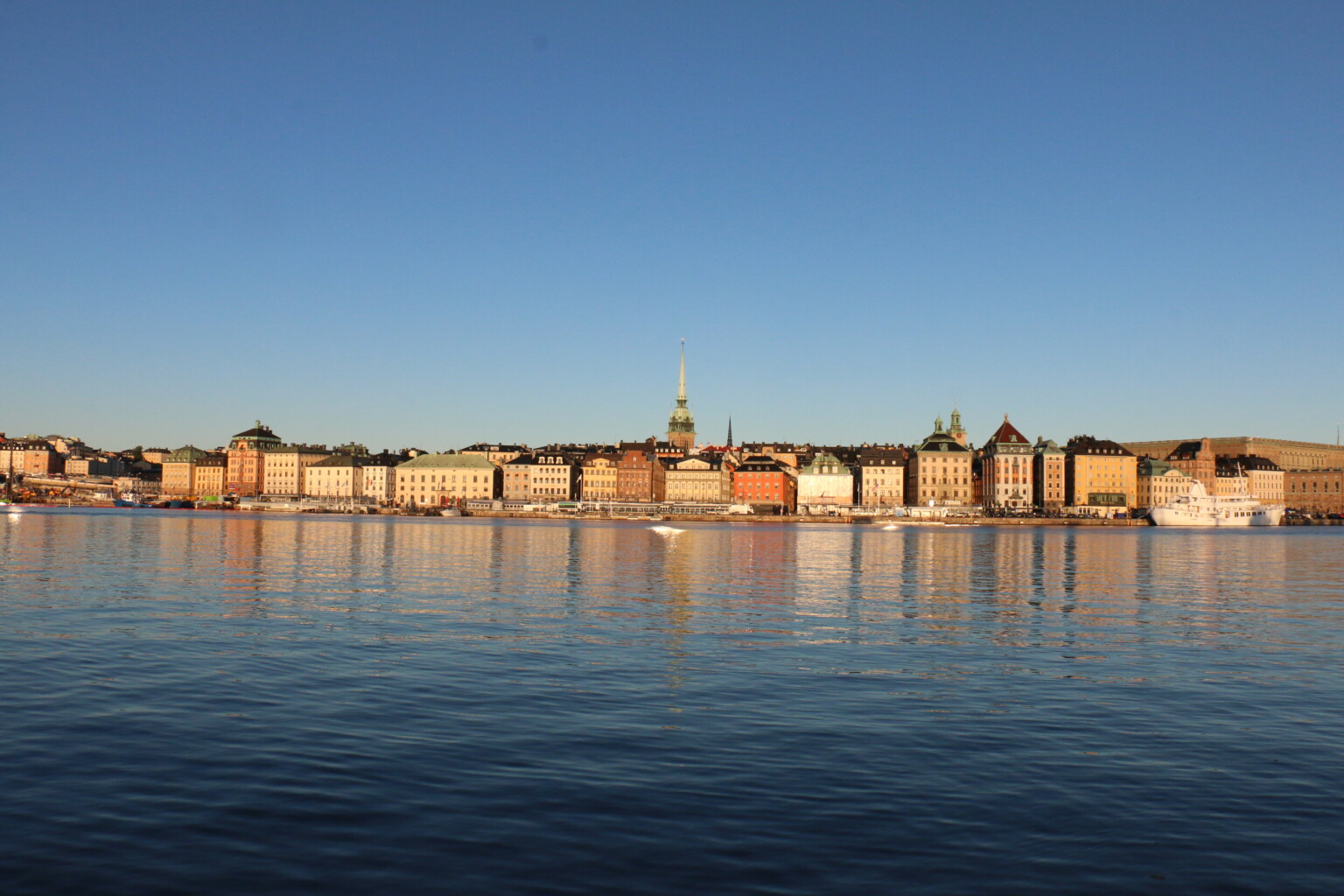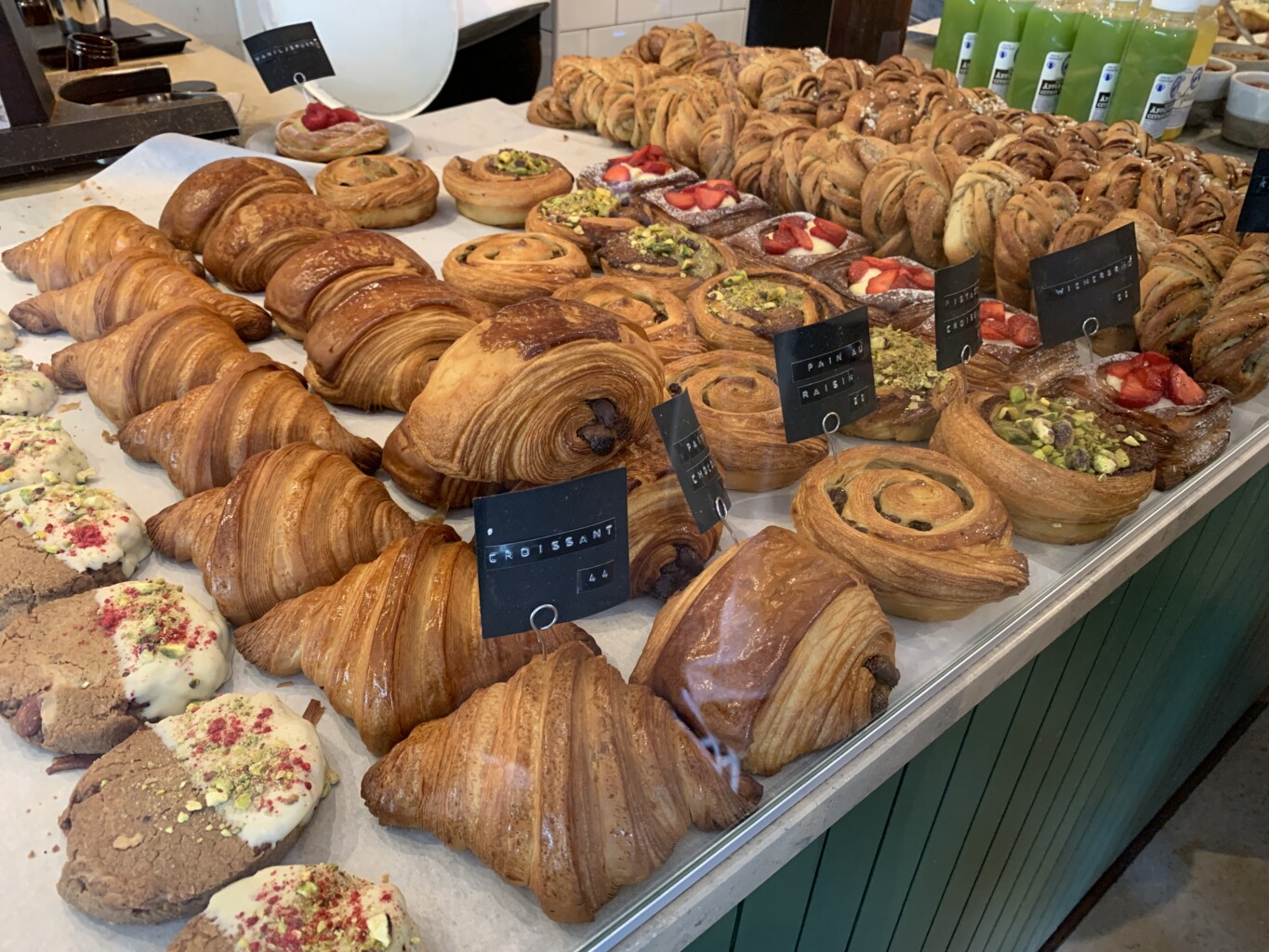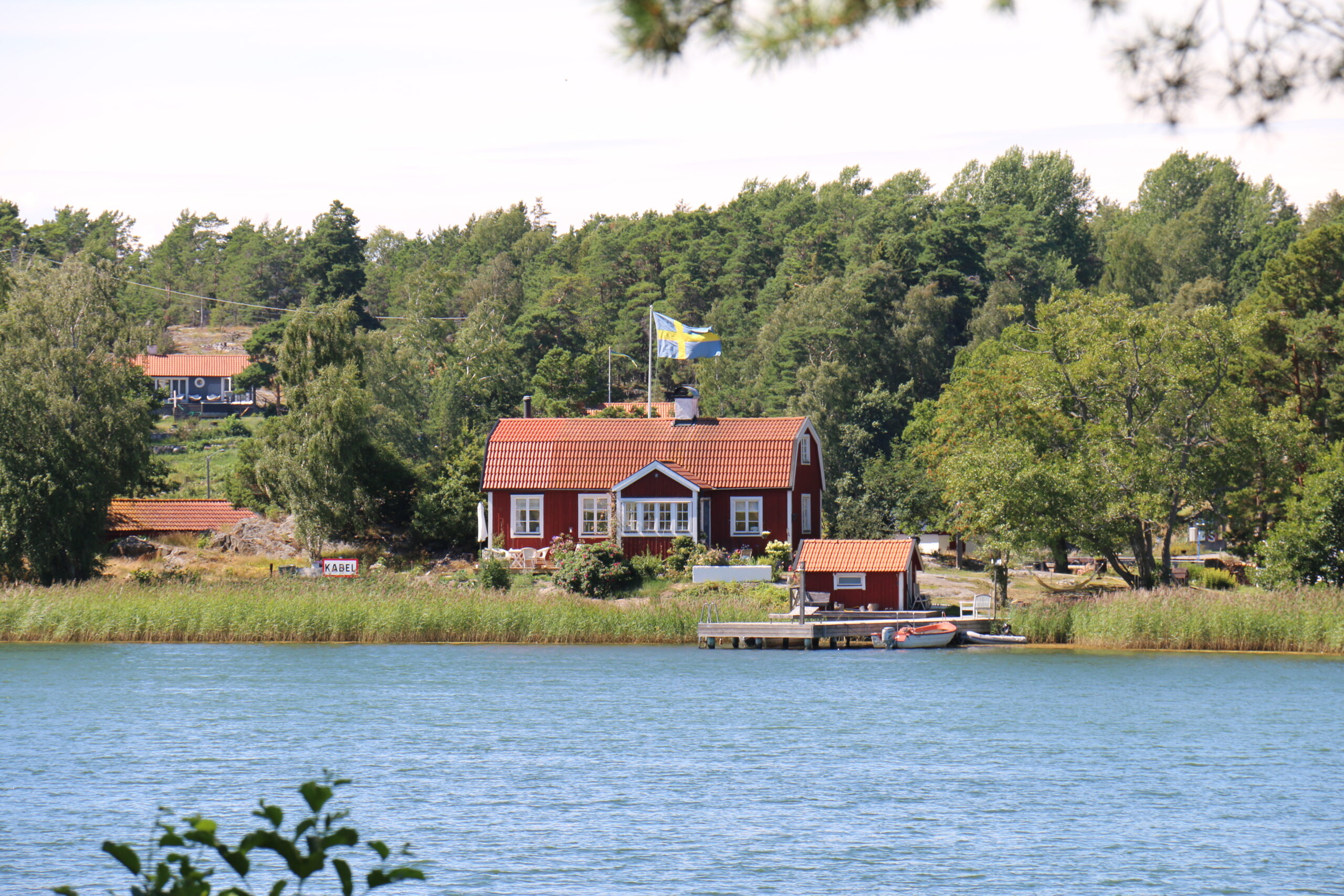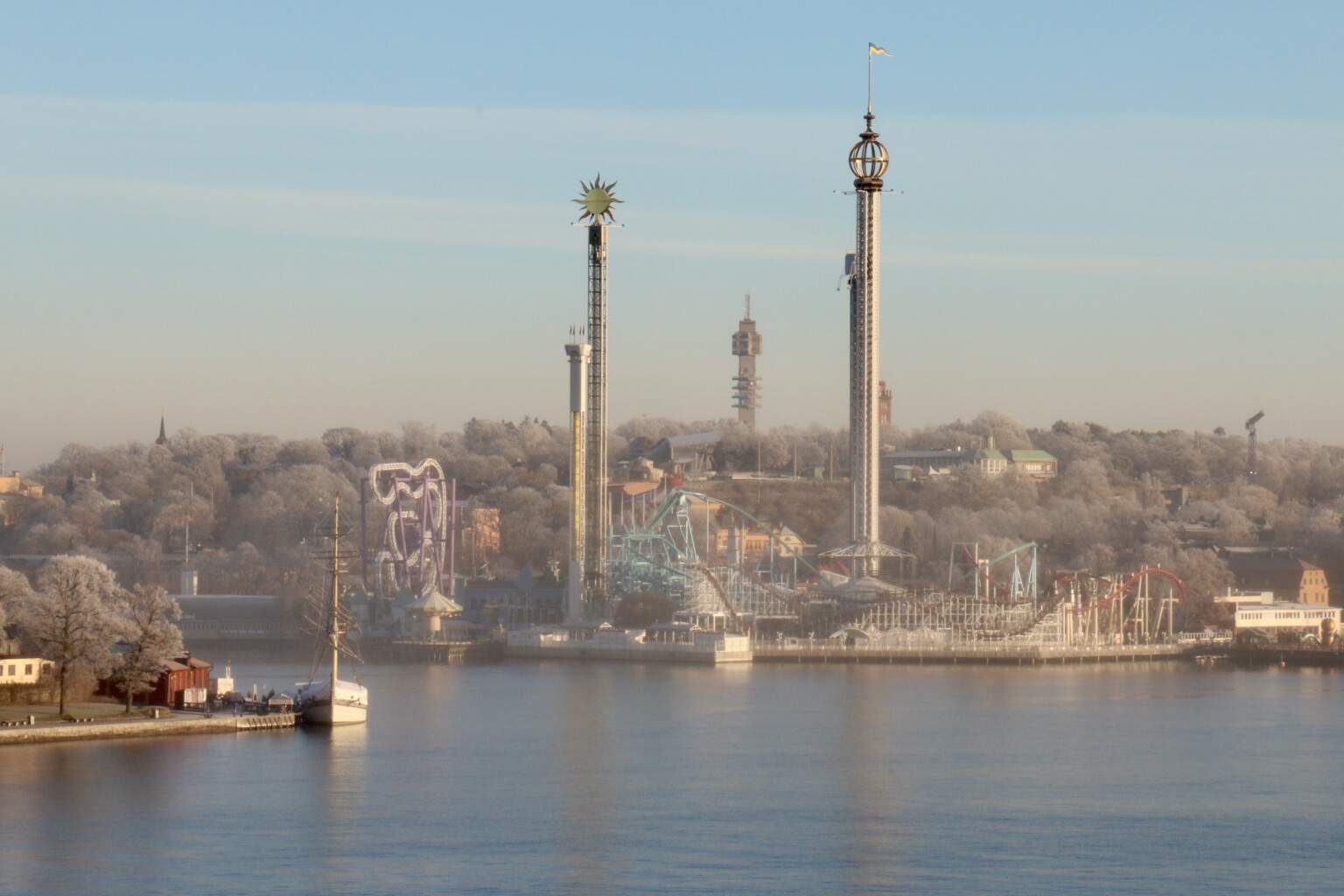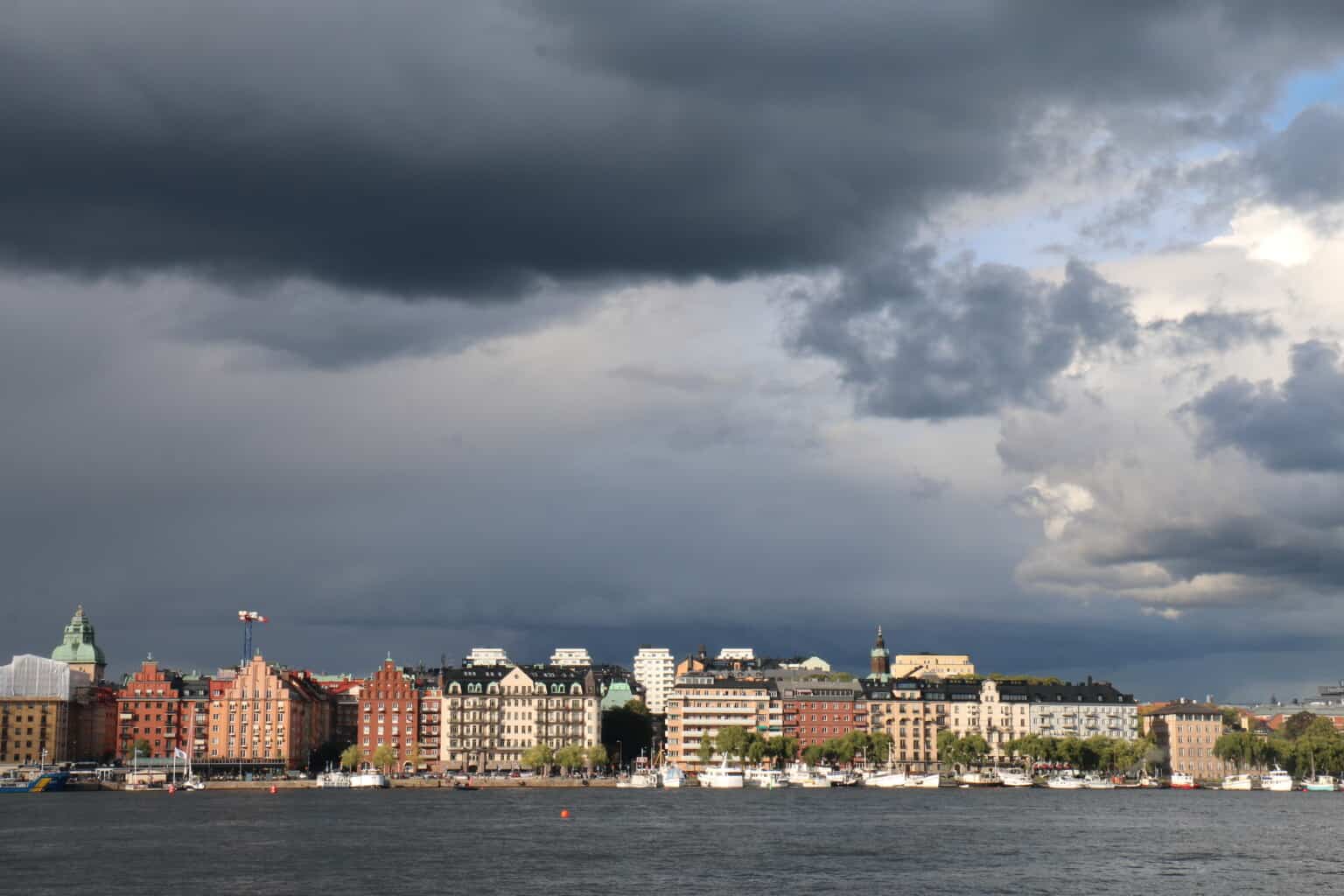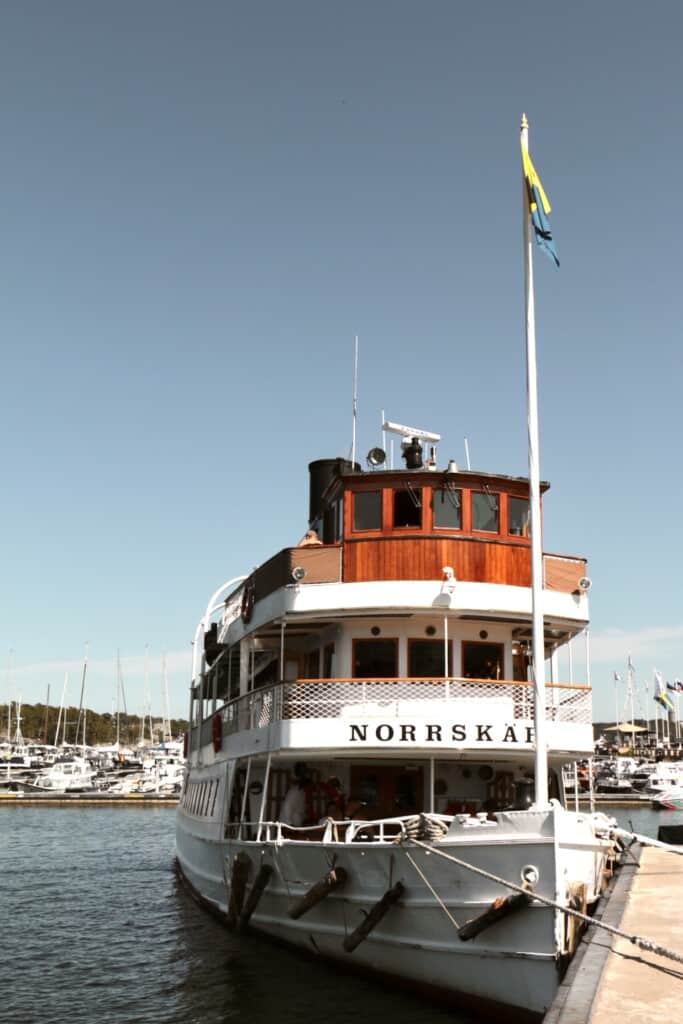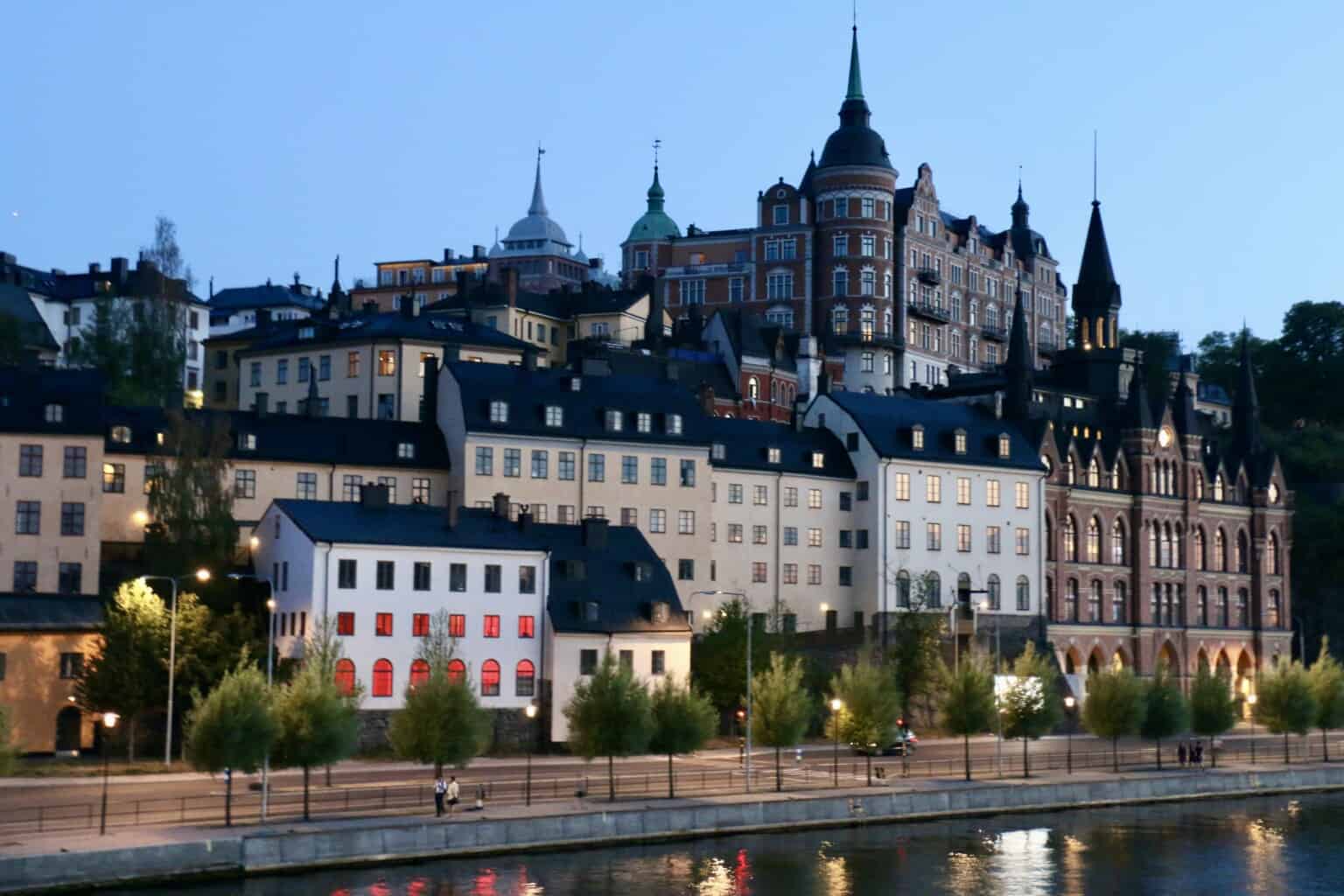Sweden: A Local’s Travel Guide
Please note that some of the links on our website are affiliate links. This means if you click on these links and make a purchase, we may receive a small commission at no extra cost to you. These commissions help us maintain and grow our blog.
Welcome to Sweden! As my native country, Sweden holds a special place in my heart, and it has so much more to offer than you might expect. From the majestic mountains in the North, perfect for summer hiking and winter skiing, to the expansive beaches in the South, Sweden’s diverse landscapes are truly remarkable. Beyond its unique natural beauty, Sweden has a fantastic capital city—Stockholm (my home town). This stunning city is renowned for its vibrant cultural scene, rich history, and cutting-edge design. Below, you’ll find my local guide to exploring the many wonders of Sweden.
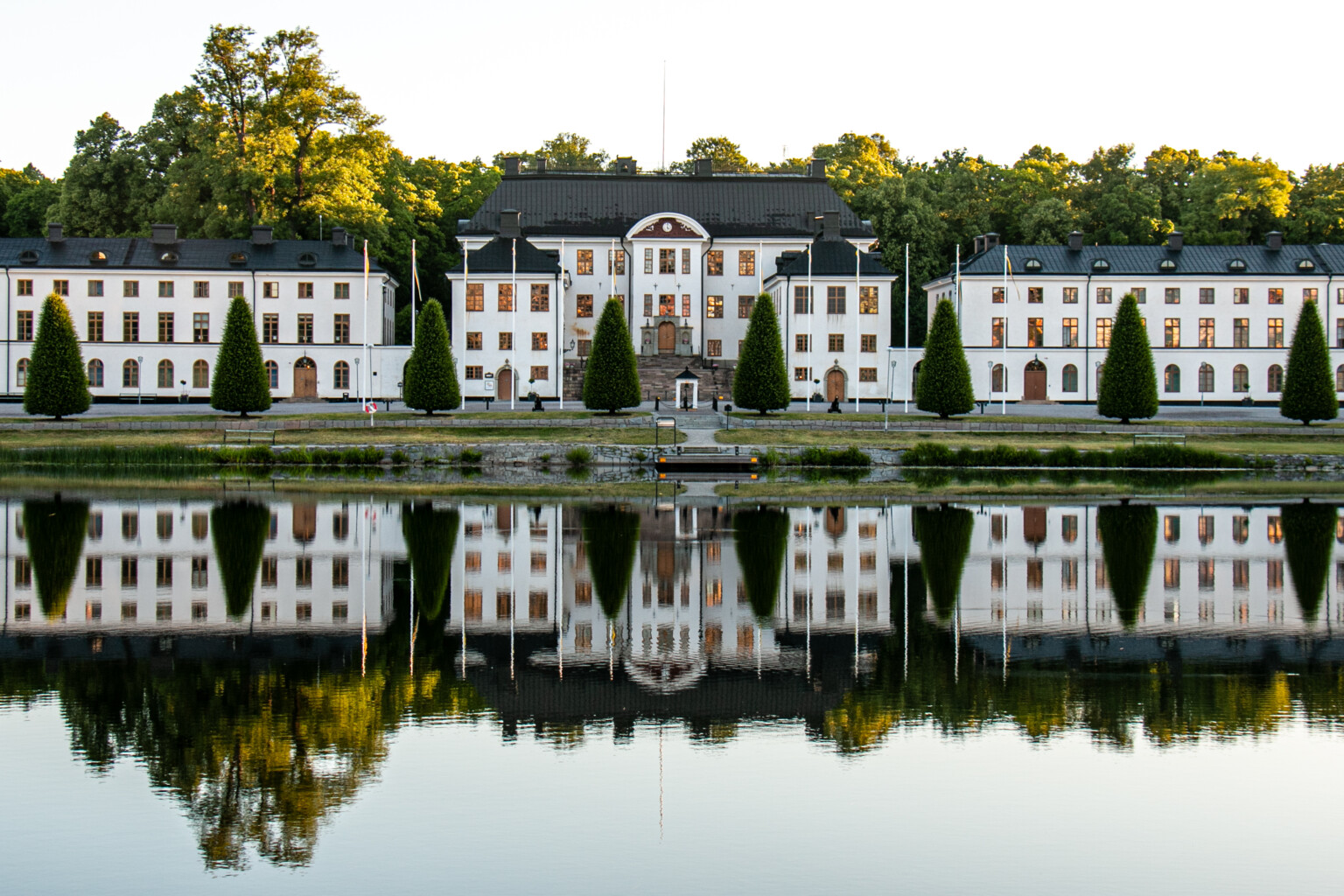
A Quick History Lesson
I firmly believe that a trip to any country becomes far more enriching when you delve into a bit of its history, and Sweden is no exception. With a history that spans thousands of years, Sweden offers a fascinating history of events and stories that will deepen your appreciation of this Nordic nation.
Prehistoric and Viking Age: The area now known as Sweden has been inhabited since the end of the last Ice Age, approximately 12,000 years ago. During the Viking Age (800-1050 AD), Swedish Vikings—referred to as the Rus, after the Roslagen region in Sweden—were renowned explorers and traders. They ventured as far as Constantinople and established settlements in what are now Russia, Belarus, and Ukraine. Interestingly, the term “Rus” is the origin of the names “Russia” and “Belarus.” Fascinating, isn’t it? The Vikings left behind a rich legacy that includes runestones and burial mounds, which can still be visited today in places like Sigtuna, Sweden’s oldest city.
Medieval Period: By the 12th century, Sweden had begun to consolidate as a kingdom. Christianity was introduced, replacing the old Norse pagan beliefs (Goodbye Oden and Thor). The medieval period saw the construction of numerous castles and cathedrals, many of which still stand (Sweden has a total of 3 400 churches across the country). The Kalmar Union in the late 14th century briefly united the Nordic countries (Norway, Sweden, Denmark, and Finland, then part of Sweden) under a single monarch (the Danish), but Sweden eventually broke away in the early 16th century.
The Swedish Empire: The 17th century was the pinnacle of Swedish power, marked by the reign of King Gustavus Adolphus, who led Sweden to significant military victories during the Thirty Years’ War. These successes established Sweden as a major European power. This period, known as the Swedish Empire, saw Sweden extending its control over large parts of the Baltic region, including Estonia, Latvia, Finland, parts of Russia (the area around present-day St. Petersburg, then known as Ingermanland), and even parts of Northern Germany.
18th and 19th Centuries: The Great Northern War (1700-1721) however ended Sweden’s time as a great power with the famous defeat in Poltava against Czar Peter the Great. The 18th century was a period of relative peace and economic development. In 1809, Sweden lost Finland to Russia. A significant turning point came in 1814 when Sweden entered a union with Norway, which lasted until 1905. Following Denmark-Norway’s alliance with Napoleon, the Treaty of Kiel in 1814 compelled Denmark to cede Norway to Sweden. Norway, however, declared independence and adopted a liberal constitution, leading to a brief military conflict with Sweden. The Convention of Moss resolved the conflict, allowing Norway to retain its constitution and significant autonomy while entering a personal union with Sweden under a common monarch. This union, characterized by separate institutions but shared foreign policy and defense, lasted until 1905, when growing nationalistic sentiments led to a peaceful dissolution and Norway’s full independence.
20th Century to Present: Sweden maintained a policy of neutrality during both World Wars, avoiding the devastation seen in other parts of Europe. Post-World War II, Sweden developed a strong welfare state and became known for its progressive social policies. The country joined the European Union in 1995 but has maintained its own currency, the Swedish krona.
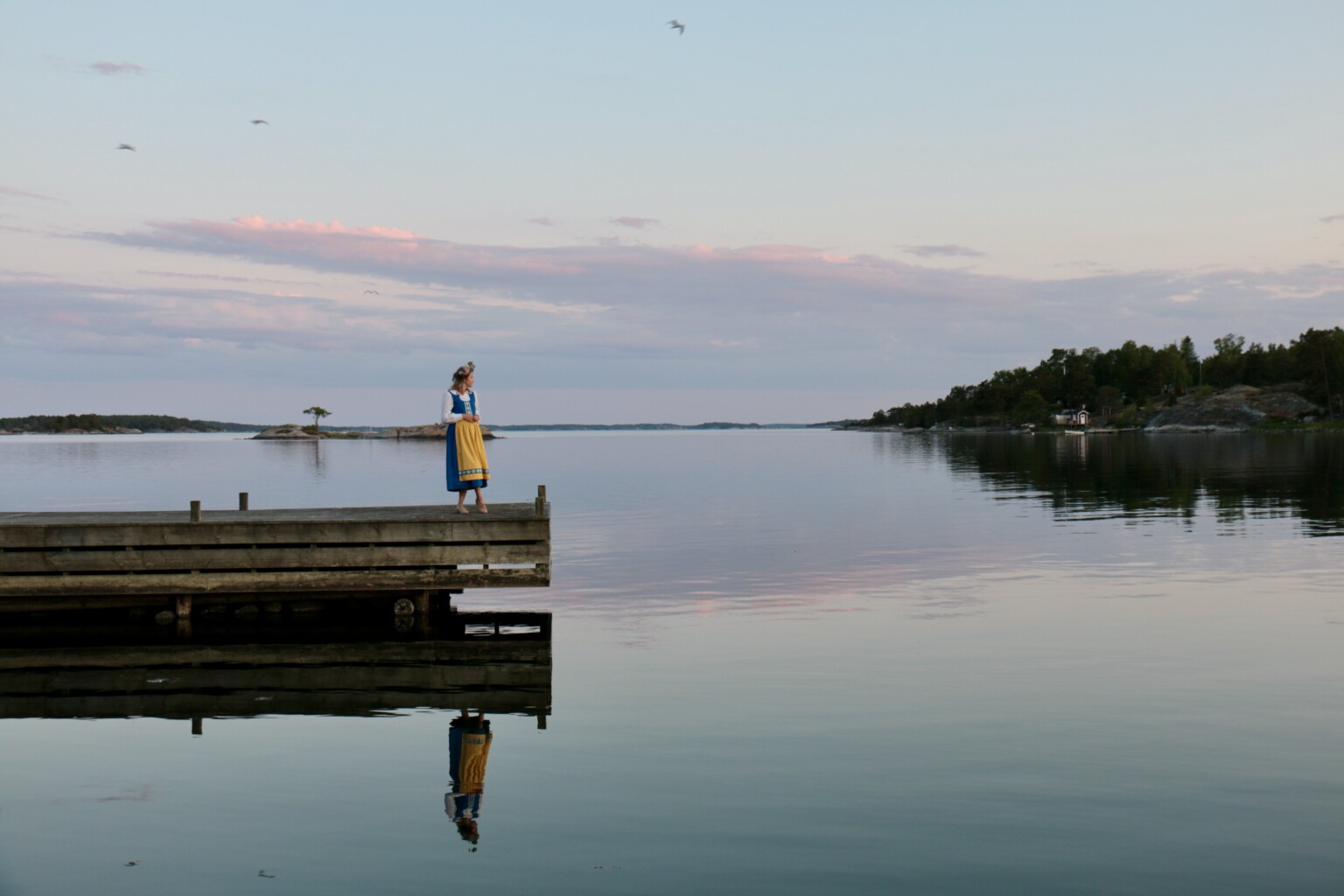
What Makes Sweden Unique
-
- Innovative Design: One of the aspects for which Sweden is globally renowned is its design ethos, exemplified by iconic brands like IKEA and H&M, which have made a significant impact worldwide over the past few decades. Swedish design is characterized by its emphasis on functionality, simplicity, and sustainability, and this philosophy permeates everything from architecture and furniture to fashion and technology. The capital, Stockholm, is a hub of creativity, housing numerous design studios and museums that all showcase Sweden’s innovative spirit.
- Innovative Design: One of the aspects for which Sweden is globally renowned is its design ethos, exemplified by iconic brands like IKEA and H&M, which have made a significant impact worldwide over the past few decades. Swedish design is characterized by its emphasis on functionality, simplicity, and sustainability, and this philosophy permeates everything from architecture and furniture to fashion and technology. The capital, Stockholm, is a hub of creativity, housing numerous design studios and museums that all showcase Sweden’s innovative spirit.
-
- Natural Beauty: Sweden is a true paradise for nature lovers, with nearly 70% of the country covered in forest, making it one of the most expansive and unspoiled natural environments in Europe. Its vastness means you can explore the Swedish wilderness without the crowds. In the north, you can witness at the magical Northern Lights and experience the midnight sun during summer. With over 200,000 islands, Sweden boasts the highest number of islands in the world, making its extensive archipelagos near Stockholm and Gothenburg ideal for island hopping, sailing, and kayaking. Additionally, Sweden is home to nearly 100,000 lakes, covering 9% of the country’s surface, ranking it among the nations with the most lakes globally. In short, the opportunities to immerse yourself in Sweden’s natural beauty are endless.
- Natural Beauty: Sweden is a true paradise for nature lovers, with nearly 70% of the country covered in forest, making it one of the most expansive and unspoiled natural environments in Europe. Its vastness means you can explore the Swedish wilderness without the crowds. In the north, you can witness at the magical Northern Lights and experience the midnight sun during summer. With over 200,000 islands, Sweden boasts the highest number of islands in the world, making its extensive archipelagos near Stockholm and Gothenburg ideal for island hopping, sailing, and kayaking. Additionally, Sweden is home to nearly 100,000 lakes, covering 9% of the country’s surface, ranking it among the nations with the most lakes globally. In short, the opportunities to immerse yourself in Sweden’s natural beauty are endless.
-
- Cultural Richness: Culture in Sweden is rich, with many unique and traditional festivities. Midsummer is one of those traditions that is deeply rooted in Swedish culture, where we celebrate the longest day of the year with dancing, singing, and feasting. Sweden is also known for its contributions to music, with globally famous artists like ABBA and Avicii originating from Sweden. The country’s literature, film, and theater scenes are equally as famous, with Swedish authors like Astrid Lindgren and Stieg Larsson worldwide recognition.
- Cultural Richness: Culture in Sweden is rich, with many unique and traditional festivities. Midsummer is one of those traditions that is deeply rooted in Swedish culture, where we celebrate the longest day of the year with dancing, singing, and feasting. Sweden is also known for its contributions to music, with globally famous artists like ABBA and Avicii originating from Sweden. The country’s literature, film, and theater scenes are equally as famous, with Swedish authors like Astrid Lindgren and Stieg Larsson worldwide recognition.
-
- Sustainable Living: When it comes to sustainable living, few countries take it as seriously as Sweden does. The country has set ambitious goals for reducing carbon emissions and increasing renewable energy usage. Swedish cities are often ranked among the greenest in the world, thanks to extensive recycling programs, efficient public transportation systems, and widespread use of green technologies. Eco-friendly living is not just a policy but has become a lifestyle by Swedes in our daily lives.
- Sustainable Living: When it comes to sustainable living, few countries take it as seriously as Sweden does. The country has set ambitious goals for reducing carbon emissions and increasing renewable energy usage. Swedish cities are often ranked among the greenest in the world, thanks to extensive recycling programs, efficient public transportation systems, and widespread use of green technologies. Eco-friendly living is not just a policy but has become a lifestyle by Swedes in our daily lives.
-
- High Quality of Life: Sweden consistently ranks among the top countries in global quality of life indexes, thanks to its strong social welfare system, excellent healthcare, and high educational standards. The country is renowned for its exemplary work-life balance, supported by some of the most generous parental leave policies in the world. For example, both my wife and I are entitled to two months of paid parental leave at the same time—essentially a paid vacation! Additionally, Sweden’s work culture places a strong emphasis on leisure time and personal well-being, ensuring that individuals can thrive both professionally and personally.

Top Things to Do
Stockholm
Stockholm, the vibrant capital of Sweden, is a city of contrasts where medieval history meets modern innovation.
-
- Gamla Stan:
While it may be the most touristy part of Stockholm, Gamla Stan, the old town, is still a must-visit when exploring Sweden’s Royal Capital. As you wander through its narrow, cobbled streets, you’ll encounter stunning medieval architecture, the Royal Palace, and the Nobel Museum. Be sure to visit Stortorget, Stockholm’s oldest square, and the impressive Storkyrkan Cathedral, a masterpiece of Swedish Gothic architecture. However, it’s best not to spend more than half a day in the old town, as it tends to be crowded with tourists and filled with overpriced restaurants. To experience the “real” Stockholm, you’ll want to explore beyond Gamla Stan.
- Gamla Stan:
-
- Vasa Museum: The Vasa Museum is hands down, one of the best museums that I have ever visited. It’s home to the world’s only preserved 17th-century ship, the Vasa. This impressive warship sank on its maiden voyage in 1628 and was salvaged only in 1961. The museum offers a fascinating insight into Swedish maritime history and the restoration process of the ship, I consider it a must-visit sight for anyone visiting Stockholm.
- Vasa Museum: The Vasa Museum is hands down, one of the best museums that I have ever visited. It’s home to the world’s only preserved 17th-century ship, the Vasa. This impressive warship sank on its maiden voyage in 1628 and was salvaged only in 1961. The museum offers a fascinating insight into Swedish maritime history and the restoration process of the ship, I consider it a must-visit sight for anyone visiting Stockholm.
-
- Skansen Open-Air Museum: Skansen, is the world’s oldest open-air museum and a place that I, as a local, frequently visit. Skansen showcases traditional Swedish life with historical buildings, folk crafts, and live demonstrations. The museum is also integrated with a zoo with native Nordic animals such as elk, reindeer, and lynx, which makes it a great destination for families.
- Skansen Open-Air Museum: Skansen, is the world’s oldest open-air museum and a place that I, as a local, frequently visit. Skansen showcases traditional Swedish life with historical buildings, folk crafts, and live demonstrations. The museum is also integrated with a zoo with native Nordic animals such as elk, reindeer, and lynx, which makes it a great destination for families.
-
- Drottningholm Palace: Drottningholm Palace, is the private residence of the Swedish royal family and a UNESCO World Heritage site. Located on Lovön island near Stockholm, the palace consists of beautiful baroque architecture, and an extensive garden, which is great for picnics in summer. Drottningholm Palace Theatre which regularly hosts performances is one of the best-preserved 18th-century theaters in Europe.
- Drottningholm Palace: Drottningholm Palace, is the private residence of the Swedish royal family and a UNESCO World Heritage site. Located on Lovön island near Stockholm, the palace consists of beautiful baroque architecture, and an extensive garden, which is great for picnics in summer. Drottningholm Palace Theatre which regularly hosts performances is one of the best-preserved 18th-century theaters in Europe.
-
- Stockholm Archipelago: One of the highlights of visiting Stockholm, and surprisingly overlooked by many tourists, is the Stockholm Archipelago, a stunning collection of over 30,000 islands. This archipelago is one of the features that makes Stockholm—and Sweden—truly unique, and it’s a major draw for locals, who often spend their summer holidays there. Here, you can engage in activities like kayaking, sailing, and island-hopping, with each island offering its own unique experience—from the serene beauty of Sandhamn to the historical charm of Vaxholm. If you’re unsure how to explore the archipelago as a tourist, I’ve written an article that provides detailed guidance, and I encourage you to check it out.
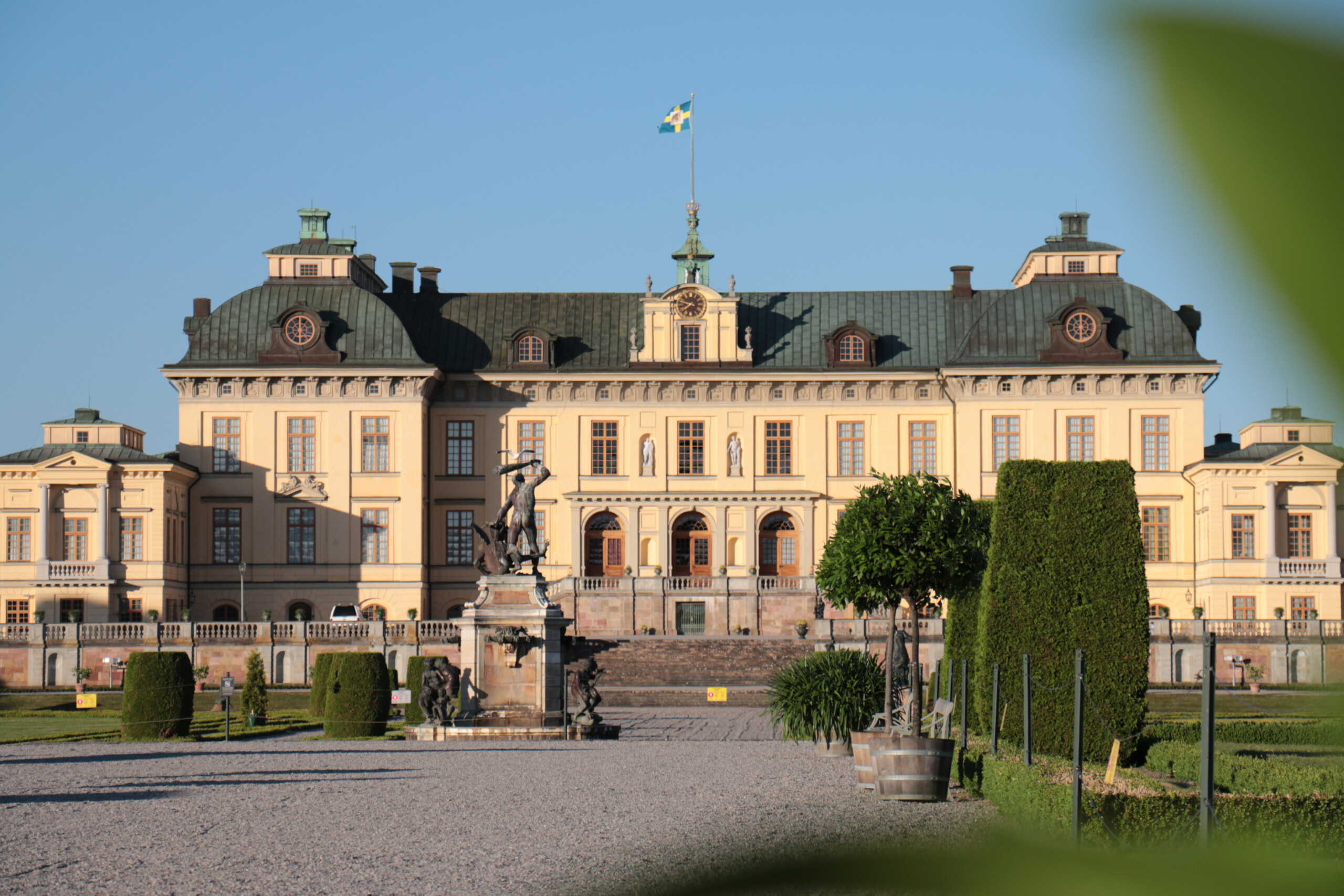
Northern Lights in Abisko
Visit Abisko National Park in Swedish Lapland, one of the world’s top destinations for viewing the Northern Lights. The Aurora Sky Station, located within the park, provides an unparalleled experience, especially during the winter months when clear skies and minimal light pollution create perfect conditions for witnessing this natural wonder. Abisko is also the starting point for the renowned Kungsleden hiking trail and offers a variety of winter activities, including dog sledding and snowshoeing. In the summer, Abisko transforms into a hiker’s paradise, with fantastic trails that showcase the unique beauty of Nordic nature. I, myself, hiked here for a week back in 2017 and regard it as one of the best trips that I have done.
Gotland
Visit this island in the Baltic Sea for its medieval town of Visby, beautiful beaches, and rich as a medieval trading town. It’s a perfect summer destination, which many Swedes flock to during the summer months, and for good reason! The islands have plenty of outdoor activities, with far stretching beaches, with one of the clearest waters that I have come across in the Baltic region. Gotland also has many historical sites, including the well-preserved Visby City Wall, with colorful picturesque houses and ancient churches. Make sure to explore island’s limestone cliffs and sea stacks, such as the iconic rauks at Langhammars, or relax on the sandy beaches along the coast.
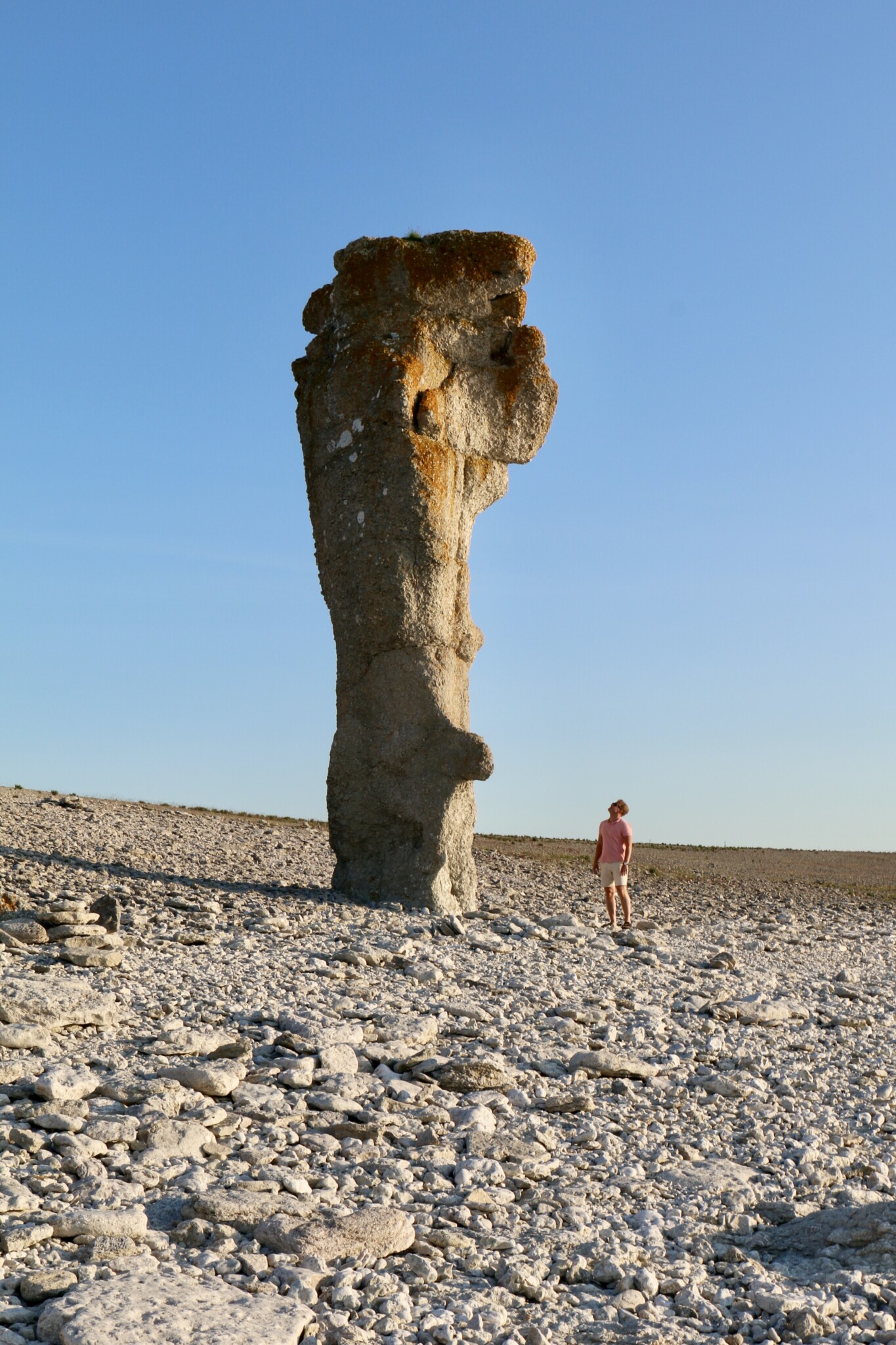
Gothenburg Archipelago
Its not only Stockholm that has a beautiful archipelago, but so does Gothenburg as well! Enjoy activities like kayaking or sailing or just strolling around the charming coastal villages and eat the fresh seafood fished straight from the North Sea. The archipelago consists of over 20 islands, each with its unique charm, such as the car-free island of Brännö and the picturesque village of Marstrand, known for its historic fortress.
Sarek National Park
Sarek National Park, is one of Europe’s last true wilderness areas. Located in Swedish Lapland, the park is known for its rugged mountains, deep valleys, and diverse wildlife, including bears, wolves, and moose. Here there are no marked trails or no huts and you really are your own! It’s a paradise for anyone who wants a real adventure, which offers challenging trails and breathtaking scenery.
Österlen
The scenic region of Österlen in southern Sweden is a hidden gem that I had the pleasure of exploring in recent years, and I was truly pleasantly surprised! This area offers a completely different side of Sweden compared to what I’m used to around the Stockholm region. Österlen is renowned for its rolling countryside, stunning beaches, and charming villages, making it an ideal destination for a leisurely bike ride or a scenic drive through picturesque landscapes. Be sure to visit Kivik Musteri, a family-run cider house that produces some of the finest drinks I’ve ever tasted from its apple orchards. Additionally, don’t miss Stenshuvud National Park, a beautiful park featuring hiking trails, diverse flora and fauna, and breathtaking panoramic views of the Baltic Sea.
Bjärehalvön
Bjärehalvön, a picturesque peninsula in southwestern Sweden, is known for its stunning coastal scenery and charming rural landscapes. The area offers excellent hiking and cycling routes, beautiful beaches, and opportunities to enjoy fresh local seafood. Highlights include the nature reserve of Hovs Hallar, with its dramatic cliffs and rocky beaches, and the charming town of Båstad, famous for its tennis tournament.
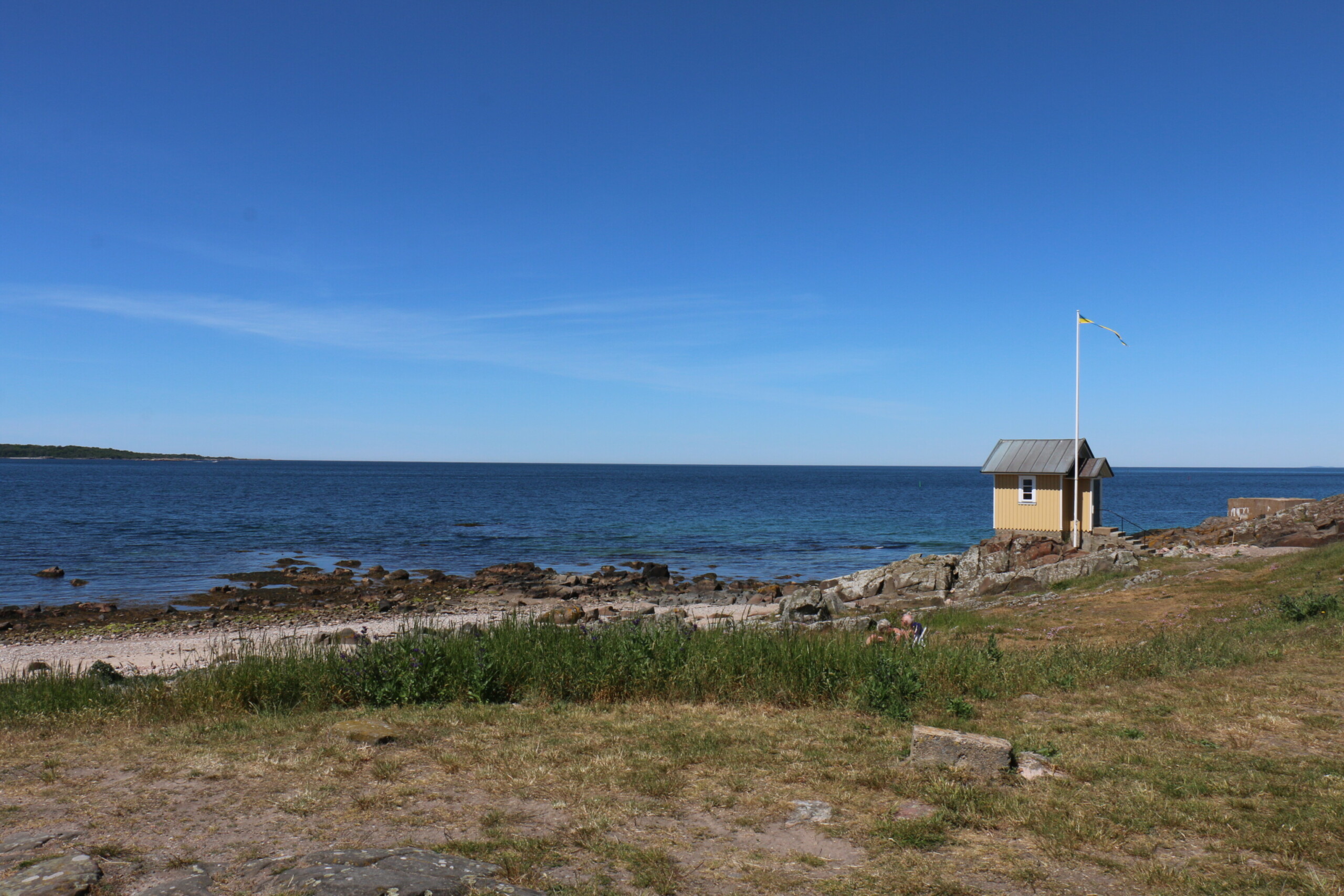
Travel Costs
Sweden is known for being an expensive travel destination, which can be a challenge for many travelers. However, with careful planning, it’s possible to manage your costs effectively. Below, I’ve broken down the typical expenses you can expect for accommodation, food, transportation, and activities in Sweden, helping you plan your trip within your budget.
Accommodation
For budget travelers, hostels and budget hotels typically range from 500 to 800 SEK per night, especially in major cities like Stockholm (which isn’t exactly cheap for a bed in a dorm room, if you ask me). Mid-range accommodations cost around 1200 to 1500 SEK per night, offering more comfort and additional amenities such as private bathrooms and breakfast. Luxury travelers can indulge in high-end hotels and resorts for 2500+ SEK per night, where you’ll find extensive facilities and personalized services, such as those at the Grand Hôtel in Stockholm.
Unfortunately, the options for renting apartments on Airbnb in Sweden are somewhat limited. This is largely due to the prevalence of tenant-owned apartments, where building associations often restrict owners from renting out their units. As a result, hotels are often the primary accommodation option for travelers in Sweden.
Food
Eating out in Sweden can vary widely in cost. Budget options, like street food and local cafes, cost around 120-150 SEK per meal. For a mid-range dining experience, expect to pay 300-500 SEK per meal, including an appetizer, main course, and a drink. Fine dining experiences can cost 800+ SEK per person, offering gourmet meals at places like Frantzén (a 3-star Michelin restaurant) in Stockholm.
Transportation
Sweden has an efficient and extensive transportation system. Public transport within cities costs about 45 SEK per ride (also not particularly cheap, considering that the ticket only lasts 1 hour and 30 min). Renting a car costs around 800 SEK per day, with fuel priced at approximately 16-18 SEK per liter. Taking the train between cities is also an affordable option with a train ride between Stockholm and Gothenburg costing around 300 SEK. If you are staying in Stockholm, my recommendation would be to get accommodation in a central location and then just walk everywhere, since all main attractions are located within walking distance.
Activities
Museums and historical sites often charge between 0-200 SEK for entry. The Vasa museum costs 220 SEK between May and September (but its worth it!). A few museums are free of charge on certain days. Guided tours and outdoor activities, such as kayaking in Stockholm, range from 200-500 SEK. More exclusive experiences such as dog sleigh or Northern Lights excursions in Lapland start at around 1000-1500 SEK per person.
| Expense | Budget | Mid-Range | Luxury |
|---|---|---|---|
| Accommodation | 500-800 SEK (Hostels) | 1200-1500 SEK (Hotels) | 2500+ SEK (Luxury Hotels) |
| Food | 120-150 SEK (Local Cafes) | 300-500 SEK (Mid-Range Restaurants) | 800+ SEK (Fine Dining) |
| Transportation | 30-60 SEK (Public Transport) | appr. 800 SEK/day (Car Rental) | 1500+ SEK (Private Transfers) |
| Activities | 0-200 SEK (Museums) | 200-500 SEK (Kayaking) | 1000+ SEK (Exclusive Experiences) |
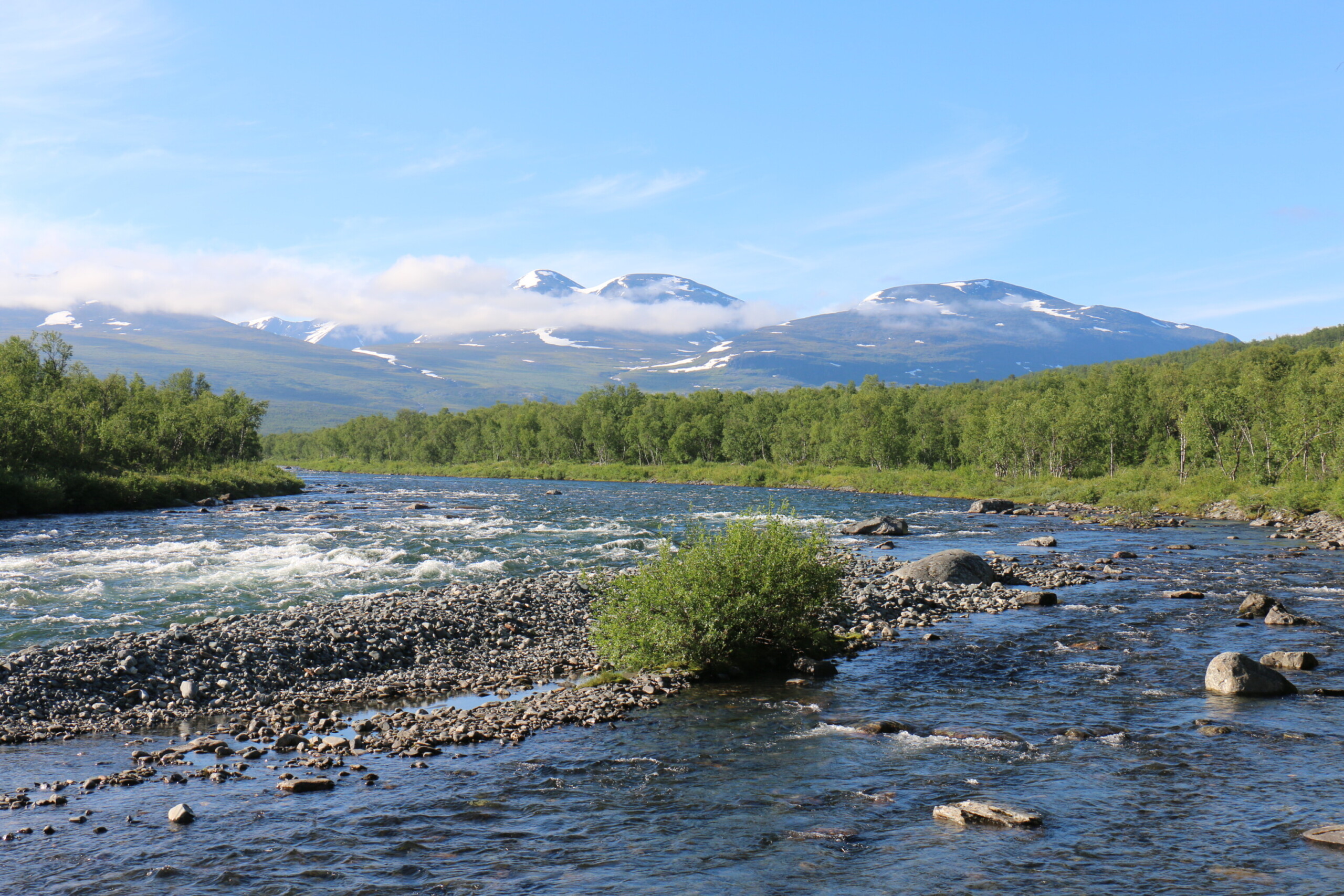
Where to Stay
Stockholm
-
- Luxury:
-
- Grand Hôtel: This iconic hotel offers stunning views of the Royal Palace and Gamla Stan, with luxurious rooms and top-notch amenities including a world-class spa.
-
- Nobis Hotel: Located in the heart of Stockholm, this contemporary luxury hotel offers elegant rooms and a stylish atmosphere.
- Nobis Hotel: Located in the heart of Stockholm, this contemporary luxury hotel offers elegant rooms and a stylish atmosphere.
-
- Luxury:
-
- Mid-Range:
-
- Hotel Skeppsholmen: A chic and modern hotel set in a historic building on a peaceful island, just a short walk from the city center.
-
- Haymarket by Scandic: An art deco hotel in the historic PUB building. The hotel features stylish rooms, a rooftop terrace, and a vibrant bar and restaurant.
- Haymarket by Scandic: An art deco hotel in the historic PUB building. The hotel features stylish rooms, a rooftop terrace, and a vibrant bar and restaurant.
-
- Mid-Range:
-
- Budget:
-
- Generator Stockholm: A trendy hostel with private rooms and dorms, a lively bar, and common areas perfect for socializing.
-
- City Backpackers Hostel: A popular choice among backpackers, offering cozy dorms, free pasta, and a sauna.
-
- Budget:
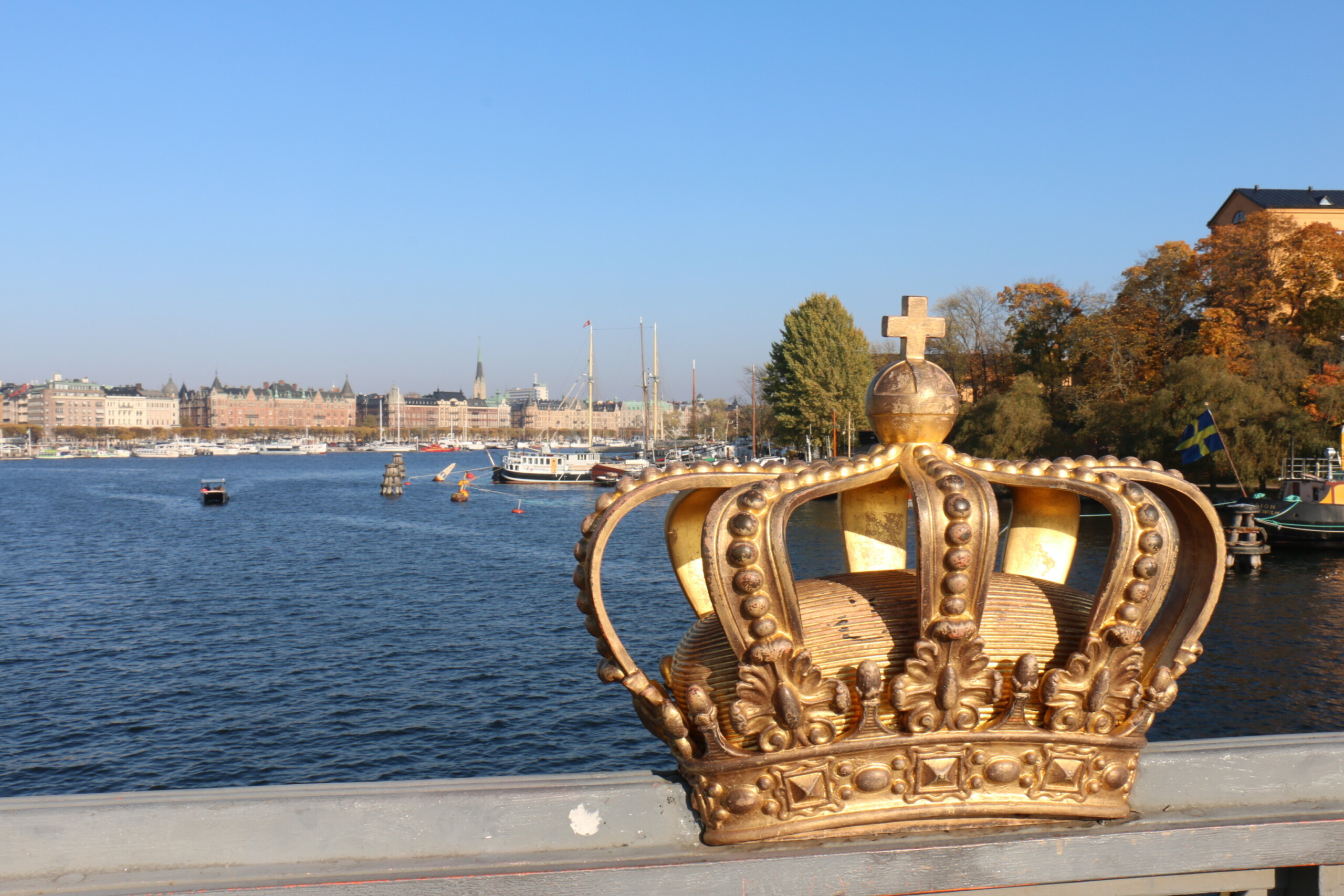
Gothenburg
-
- Luxury:
-
- Upper House: Located within the Gothia Towers, this hotel offers luxurious accommodations, a spa, and stunning views over Gothenburg.
-
- Dorsia Hotel & Restaurant: A boutique hotel with uniquely decorated rooms and an acclaimed restaurant.
- Dorsia Hotel & Restaurant: A boutique hotel with uniquely decorated rooms and an acclaimed restaurant.
-
- Luxury:
-
- Mid-Range:
-
- Hotel Poseidon: A charming hotel in the city center offering comfortable rooms and a hearty breakfast.
-
- Scandic Europa: Conveniently located near the central station, this hotel offers modern rooms and a great breakfast buffet.
- Scandic Europa: Conveniently located near the central station, this hotel offers modern rooms and a great breakfast buffet.
-
- Mid-Range:
-
- Budget:
-
- Linnéplatsens Hotell & Vandrarhem: Centrally located and affordable hostel with private rooms and dorms.
-
- Budget:
Österlen
Ystad Saltsjöbad is a gorgeous seaside resort in Skåne, near Österlen, where I highly recommend that you stay. The hotels interior is tastefully designed with a nautical Newport style that shines through in every detail. It features a renowned spa with beautiful views over the Baltic Sea located on a far-stretching beach.
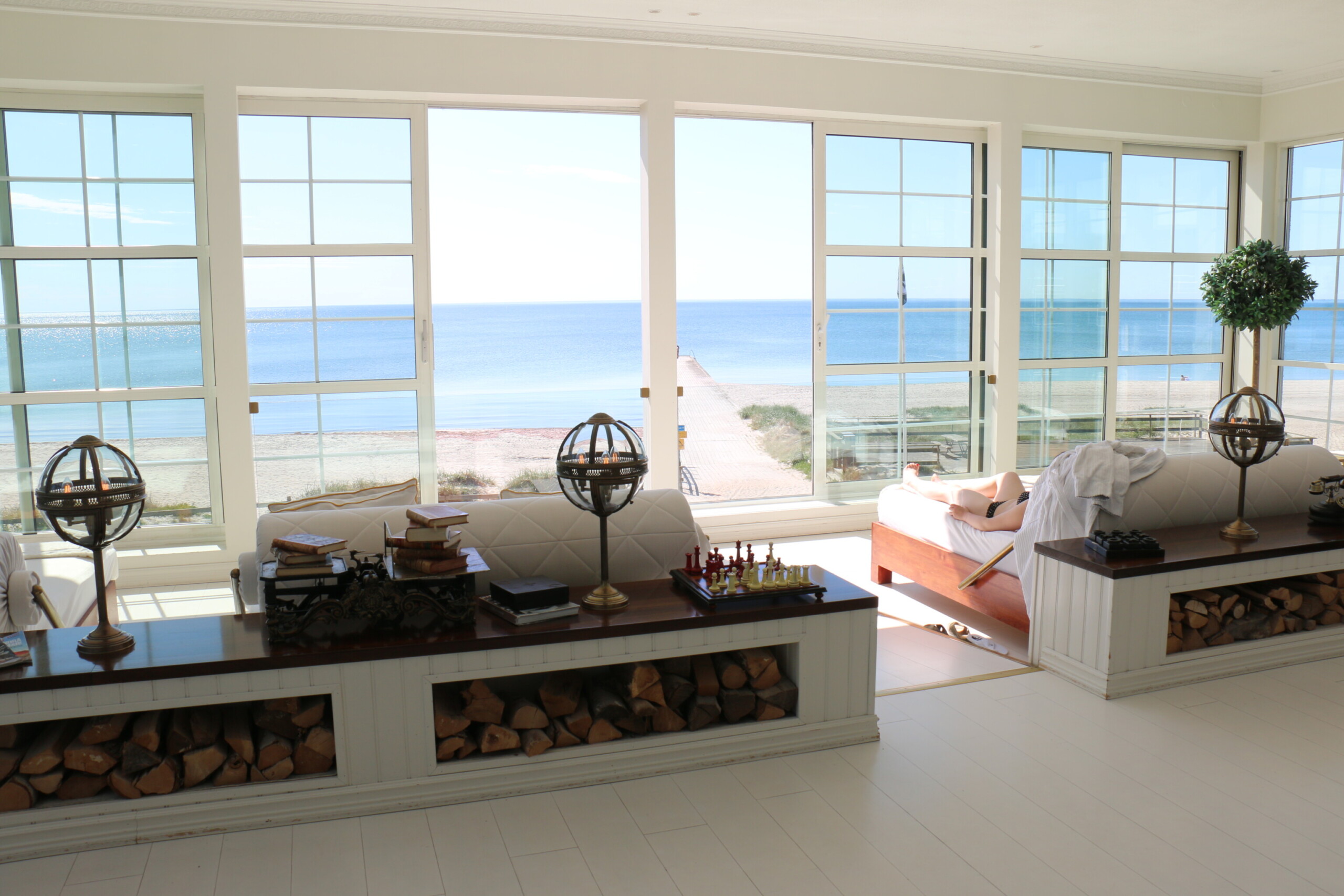
Abisko
If watching the Northern Light is the reason you came to Sweden, then there is no better place to do than in Abisko.
STF Abisko Mountain Station: Located in the heart of Abisko National Park, the STF Mountain station (run by the Swedish tourist association) is perfect for Northern Lights viewing. The mountain station also houses the restaurant: Restaurant Kungsleden, which serves excellent food. Abisko is also a great place to visit in the summer to enjoy the unique Nordic nature. I did this back in 2017 and then stayed STF Abisko Mountain Station and was very happy with my stay.
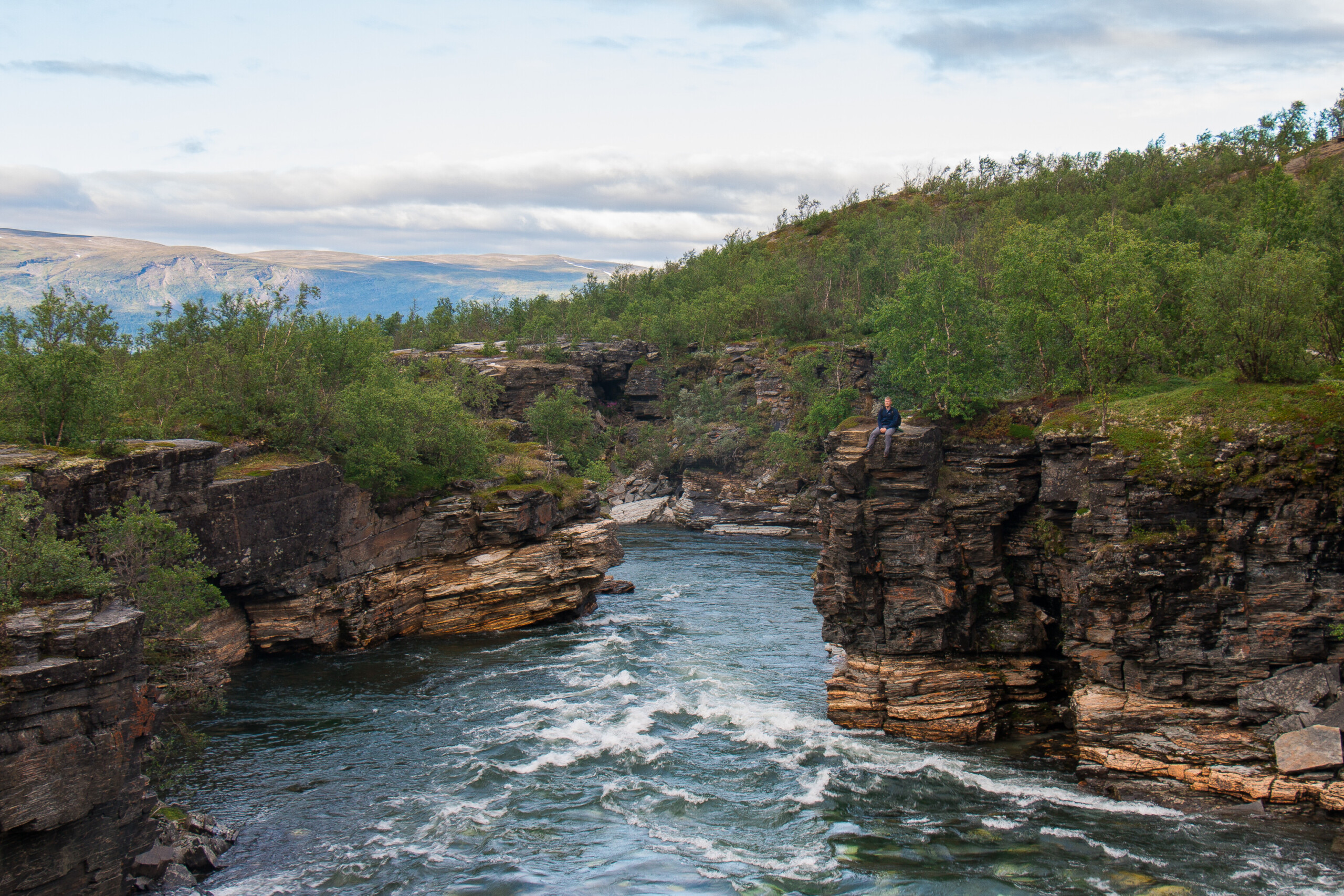
When To Go
-
- Spring (March to May): Mild temperatures and blooming landscapes make this a great time for sightseeing and outdoor activities. Spring is less crowded, however, the weather can be very unpredictable and you might end up in a snowstorm even as late as in April.
- Spring (March to May): Mild temperatures and blooming landscapes make this a great time for sightseeing and outdoor activities. Spring is less crowded, however, the weather can be very unpredictable and you might end up in a snowstorm even as late as in April.
-
- Summer (June to August): Summer is the best time for outdoor activities and festivals. Enjoy long days, warm weather, and the famous Swedish midsummer celebrations. Coastal areas and national parks are especially popular. Stockholm, with the exception for the Old Town, is often calm during the month of July, as it is vacation season for Swedes, who usually travel to their summer houses on the countryside or the archipelago.
- Summer (June to August): Summer is the best time for outdoor activities and festivals. Enjoy long days, warm weather, and the famous Swedish midsummer celebrations. Coastal areas and national parks are especially popular. Stockholm, with the exception for the Old Town, is often calm during the month of July, as it is vacation season for Swedes, who usually travel to their summer houses on the countryside or the archipelago.
-
- Autumn (September to November): During the fall you will experience beautiful fall foliage and fewer tourists. Autumn is a great time to visit forests and parks as they transform into gorgeous colors.
- Autumn (September to November): During the fall you will experience beautiful fall foliage and fewer tourists. Autumn is a great time to visit forests and parks as they transform into gorgeous colors.
-
- Winter (December to February): Perfect for winter sports and festive activities. Head to northern Sweden for the best chances to see the Northern Lights. Cities like Stockholm and Gothenburg have charming Christmas markets.
Safety
Sweden is generally very safe for travelers. Here are a few tips:
-
- Drinking Water: Tap water is safe to drink, so there’s no need to buy bottled water.
- Drinking Water: Tap water is safe to drink, so there’s no need to buy bottled water.
-
- Emergency Numbers: For police, medical, and fire emergencies, dial 112. Operators can assist in multiple languages.
Travel Resources
-
- Skyscanner: An excellent tool for finding the cheapest flights and comparing multiple airlines to get the best deal.
- Skyscanner: An excellent tool for finding the cheapest flights and comparing multiple airlines to get the best deal.
-
- Booking.com: A reliable platform for finding and booking accommodations, with a wide range of options to suit every budget.
- Booking.com: A reliable platform for finding and booking accommodations, with a wide range of options to suit every budget.
-
- Rentalcars.com: Perfect for comparing car rental prices and securing the best deal for your road trip adventures.

